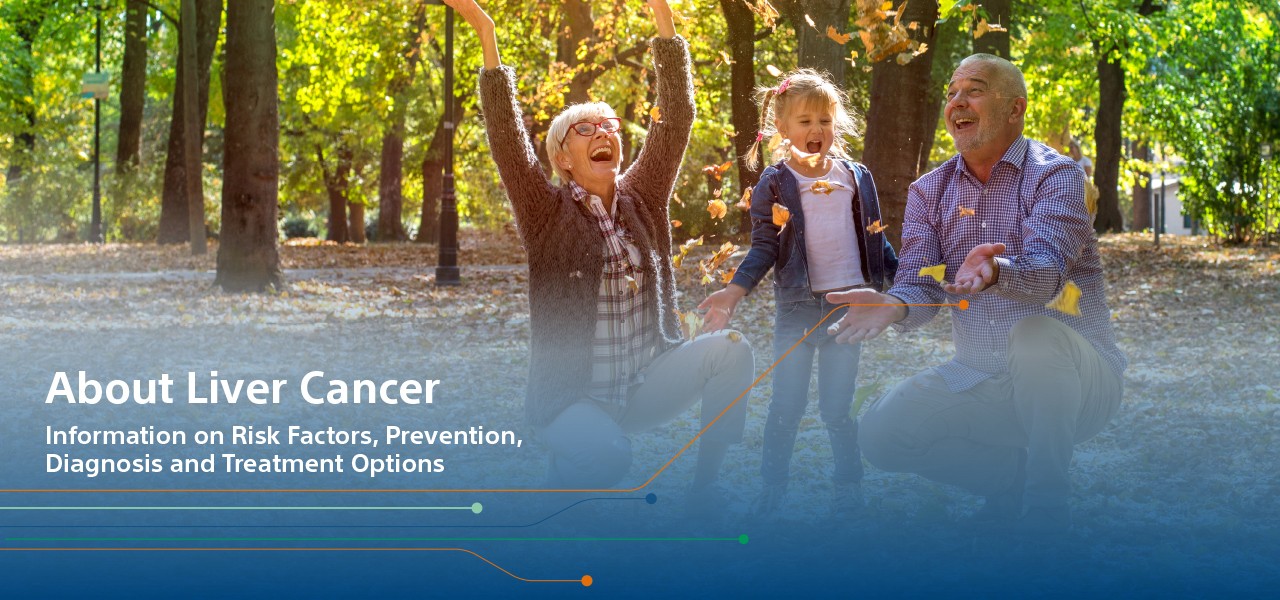
TREATMENTS FOR HCC

Early-stage HCC:
Selective Internal Radiation Therapy (SIRT) is another minimally invasive procedure now sometimes being used in early-stage patients:
- To target a liver segment to destroy tumour(s) which cannot be accessed for thermal ablation
- To target a complete lobe to encourage a size increase in the opposite lobe – this may enable the patient to undergo resection of the treated lobe on the basis that they will have adequate liver remaining (future liver remnant) after the surgery.
Intermediate stage:
Advanced-stage:
End-stage:
EASL: European Association for the Study of the Liver
Resources
A Patient’s Guide to TheraSphere™
Important Information for People with Liver Cancer


























